There is no better way to build in Python than by using an IDE (Integrated Development Environment). They not only make your work much easier as well as logical; they also enhance the coding experience and efficiency.
Sure, everyone knows this. However, the problem is, how do you pick the best environment for Python development when there are so many options? This often becomes an issue that beginner developers have to face.
In this article, we’ll provide an overview of the best IDEs for Python that are popular among coders and a few other options that are worth considering. But before we delve into it, let’s first explain what an IDE means.
What is an IDE, and Why Do You Need It?
An Integrated Development Environment is a software package that developers use to create programs. It’s meant to maximize a programmer’s productivity by incorporating closely related components with simple user interfaces. Essentially, it’s a tool that improves the process of creating, testing, and debugging source code — it makes the job easier.
Some of the tools IDEs use include:
- A text editor
- Compiler and/or interpreter
- Assembly automation tools
- Debugger.
There’s a seemingly similar term an integrated development environment — code editor. Let’s first discuss the differences and commonalities of both tools.
What Is a Code Editor?
A code editor is just a text editor that highlights the syntax and formats the code. Advanced code editors can develop and modify code.
|
IDE |
Code Editor |
| Uses high-performing libraries or toolkits that enable advanced coding | Lacks libraries and toolkits |
| Automated | Manual |
| Rich feature collection | Fewer features |
Distinctive Features of IDEs and Code Editors
What qualities do both IDEs and code editors share? They enable developers to:
- Store and reopen scripts
- Run their code on it
- Debug
- Highlight syntax.
The Most Popular IDEs Among Python Developers
Now that you have a basic understanding of development tools, including the qualities they possess, we can take a closer look at several favored examples.
PyCharm
PyCharm was developed by JetBrains, a notable software development company. It is considered one of the best IDEs for Python when it comes to AI and ML. Most importantly, Pycharm merges its libraries – like Matplotlib and NumPy – to enable developers to explore other options for work.
Compatibility: Windows, MacOS, Linux
Top plugins and features:
- Built-in developer tools
- Capabilities for remote development
- Live editing mode
- IPython Notebook.
Pros:
- PyCharm supports web development frameworks, including Pyramid, Flask, and Django.
- Offers a smart code feature for more precise and faster bug fixes.
- Allows to develop on remote hosts thanks to Docker and Vagrant connections and ssh terminal.
Cons:
- The interface might seem bulky.
- The Pro version can seem too expensive.
Visual Studio Code
Visual Studio Code is sometimes mistaken for Visual Studio IDE, which isn’t a common tool in the Python world. VS Code is a complete code editor with premium features and many coders say it’s the best IDE editor out there.
Compatibility: Windows, Linux, Mac OS.
Top plugins and features:
- Built-in git
- Extensions for customizing the tool
- Breakpoints for debugging
- An interactive console.
Pros:
- Its Electron framework allows you to work with VS Code on almost all platforms.
- You can debug the code directly from the editor,
- Supports multiple keyboard shortcuts to speed up coding.
Cons:
- Limited features for debugging.
- Doesn’t have built-in templates.
Sublime Text
Sublime Text can be considered the best Python editor because it's simple, universal, and convenient. It’s widely used by most coders, and across different platforms.
Compatibility: Windows, Linux, and Mac OS.
Top plugins and features:
- Easy navigation for high performance
- Support for different packages to customize the editor
- Code snippets for replicating common code with just one keyword
- Immediate project switching and split editing.
Pros:
- Works with different markup languages.
- Enables users to choose which projects they want to work on.
- Comes with a key tool that enables a wide index of classes and functions.
- Provides a strong API and an organized ecosystem for high performance.
Cons:
- A bit advanced for beginners
- Its git plugin isn’t very powerful.
VI/Vim
Vim is amongst the top 5 in our list of the best IDE tools for Python. It is a modal editor that splits file viewing from file editing. It’s a huge step ahead of the initial Vi, with more powerful features.
Compatibility: Windows, Linux, Mac OS, IOS, Android, UNIX, AmigaOS, and MorphOS.
Top plugins and features:
- Scripts that allow you to perform almost all of the programming tasks in Python.
- Ctags for better tag navigation.
- Built-in basic word completion.
Pros:
- It has a keyboard interface to improve efficiency.
- It supports many plugins (e.g., version control, file management).
- Can be extended with different functionality via the .vimrc file (e.g., highlighting search results.
Cons:
- The interface might seem clumsy; some developers find it inconvenient to use.
- Its modal editor may take time for users to learn.
GNU Emacs
GNU Emacs also competes for the title of the best Python editor. It’s often described as an extendable, self-documenting editor with an on-the-go display. Though not entirely new in the industry, Emacs is constantly upgraded to meet developers’ needs.
Compatibility: Windows, Linux, Mac OS, IOS, Android, UNIX, AmigaOS, and MorphOS.
Top plugins and features:
- It adopts the Lisp coding language
- Syntax coloring
- Unicode support.
Pros:
- As a second language, Lisp enables developers to perform better.
- Emacs is compatible with many different platforms.
- It enables a variety of customization scripts that developers can use.
Cons:
- Users might have to spend a little more time learning the editor’s complex customization process.
- It is more complex to use than some of the other IDEs.
IDLE
IDLE code editor is popular among students, as it is supplied together with Python. It's simple to work with, universal, and supports different devices. It’s no wonder they call it a disposable IDE, as it helps to learn the basics before moving on to more sophisticated tools.
Compatibility: Windows, Linux, and Mac OS.
Top plugins with features:
- tkinter GUI toolkit
- Multi-window interface
- Configured with dialog boxes, browsers, and other configurations.
Pros:
- IDLE allows users to highlight errors, auto code, and accurately identify them.
- IDLE has a top lighter Python shell.
- Its inbuilt correction feature boosts performance.
- It enables users to search and replace files in the editor.
Cons:
- IDLE doesn’t enable copying to the library.
- Scripts cannot exceed 100 lines of code.
Best Python-compatible IDEs for ML, AI, and BD
Python is one of the go-to languages in machine learning, artificial intelligence, big data, and related fields. We’d like to dedicate a separate section to IDEs that are suitable for Python development in these areas.
Atom
Atom is an open-source editor that’s compatible with virtually every programming language like PHP, Java, etc. It is regularly updated, reliable, and can be used universally. Github built Atom with powerful features that offer a good programming experience, including plugins, such as Packages — for SQL queries, Markdown Preview Plus — for editing, visualizing, and rendering LaTeX expressions.
Spyder
Spyder is created explicitly for data science. It’s open-source and compatible with numerous platforms making it a better choice for beginner IDE users. It merges its key libraries – like NumPy, Matplotlib, and SciPy – for perfect development.
JuPyter/IPython Notebook
Jupyter is web-based and enables developers to build and operate scripts or notebooks. It is relatively simpler and more user-friendly. Jupyter also uses Seaborn and Matplotlib for data visualization.
Other IDEs for Python Development
Here are a few more IDEs that are less known or less popular, but are still worth considering.
Eclipse + PyDev
Eclipse is an open-source editor and one of the go-to Python IDEs for Windows. Its collection of extensions and plugins is very extensive and enough to build almost anything you want. Along with the PyDev extension, it allows for smart debugging and improves the code quality.
Eric Python
Eric is another less popular Python IDE, but it is still powerful and efficient. Whether it’s for commercial or private use, Eric offers a dimension of functionality that suits multiple purposes. It runs on all platforms.
Wing
Wing is a notable IDE for Python that helps with smart coding. With its simple-to-use editor, a powerful debugger, the possibility for remote coding, error-checking and many other features, it’s worth your attention, even though it's not at the top of any popularity charts.
PyScripter
PyScripter aims to beat other Python IDEs for Windows with its superb functionality. It’s also a great Python IDE for Mac, with its commercial version available for most programming languages. PyScripter has a rich feature set, but despite that, it’s pretty lightweight.
Pyzo
Pyzo is a free open-source coding tool that will work with any Python interpreter, even the Conda environment. Two of its standout features are simplicity and interactivity. It’s easy to use, even for beginners.
Thonny
Thonny was developed by the University of Tartu with a beginner programmer in mind. It’s easy to start using since its interface doesn’t have any complicated or distracting features from the get-go. Another perk for beginners is that you can see step by step how Python evaluates your expressions.
Conclusion
We have reviewed a rich collection of the best Python IDEs and other tools. Deciding on which tool to use is a matter of convenience and one’s proficiency level. Of course, there are all-time favorites like PyCharm, but you can always try out a few other tools and see which ones work best for you.
Some IDEs are better for beginners, while others are more professional; each of them has its unique features and design. We’ve put together this list to give you a variety to choose from.
This article about the best IDEs for Python was originally posted on Django Stars blog.


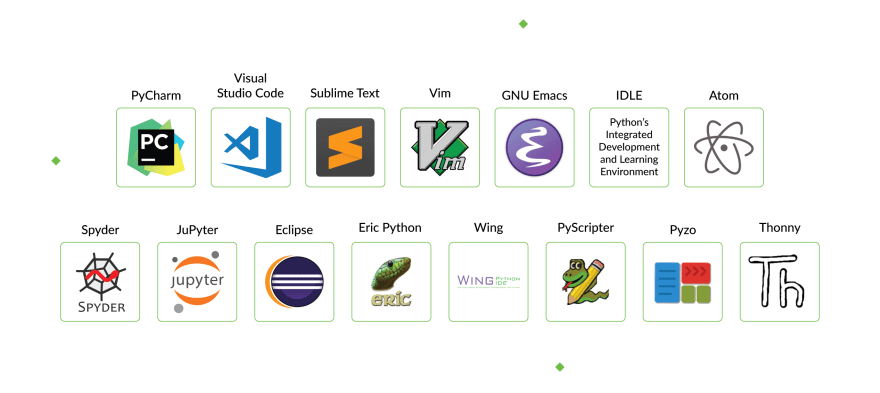

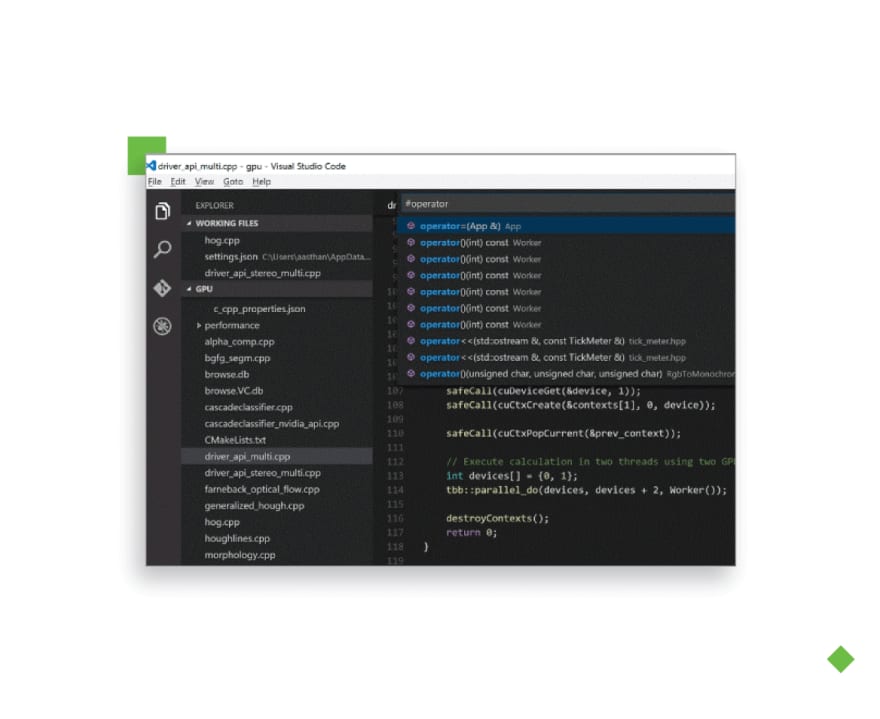
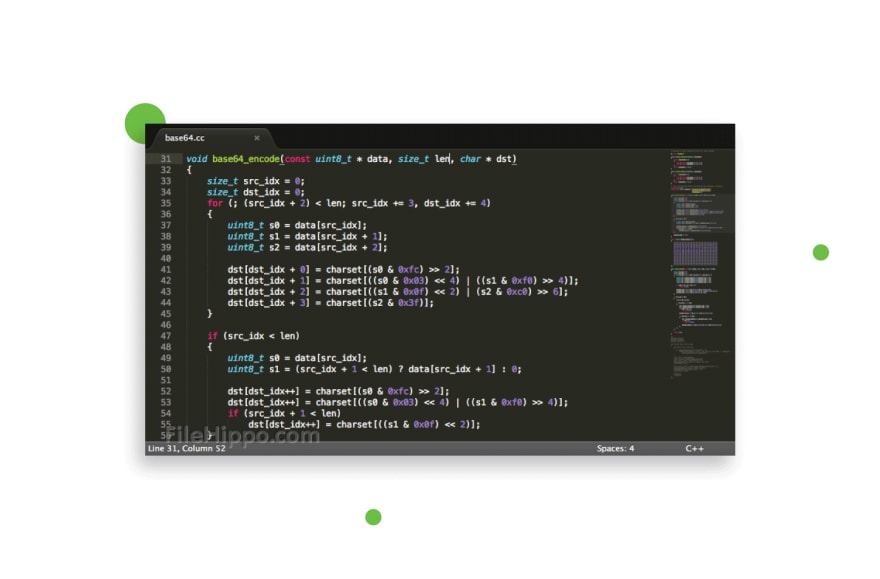

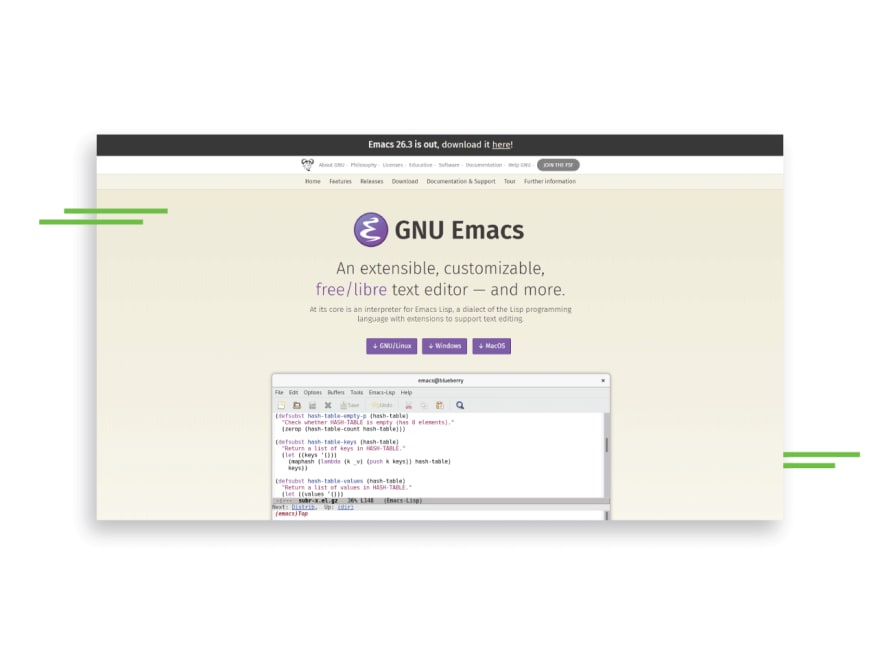


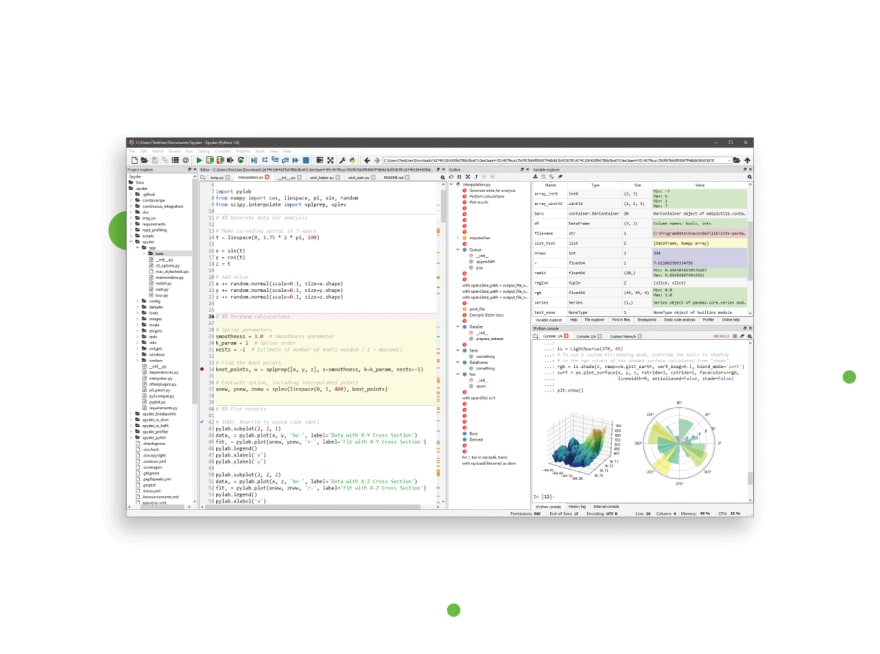

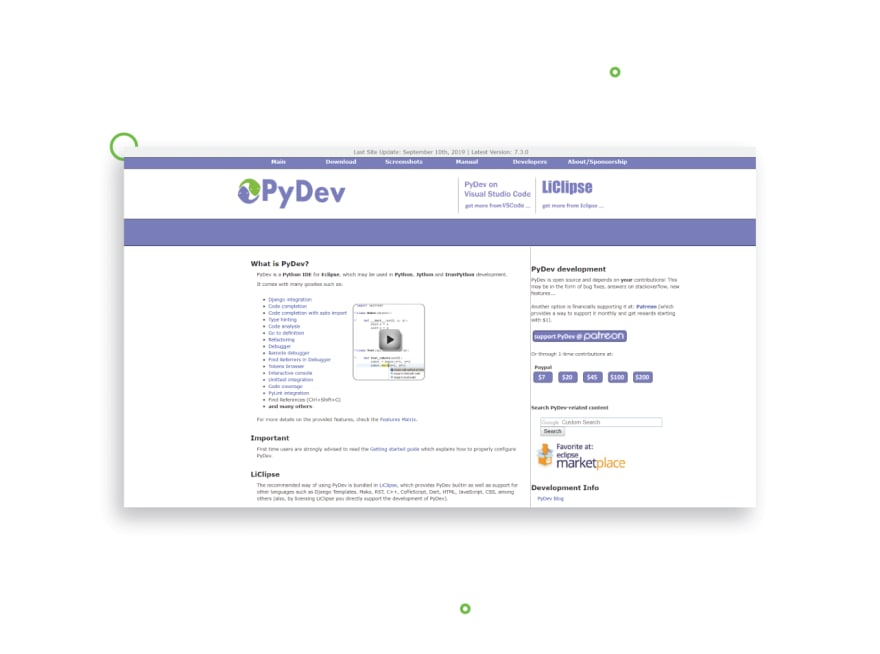
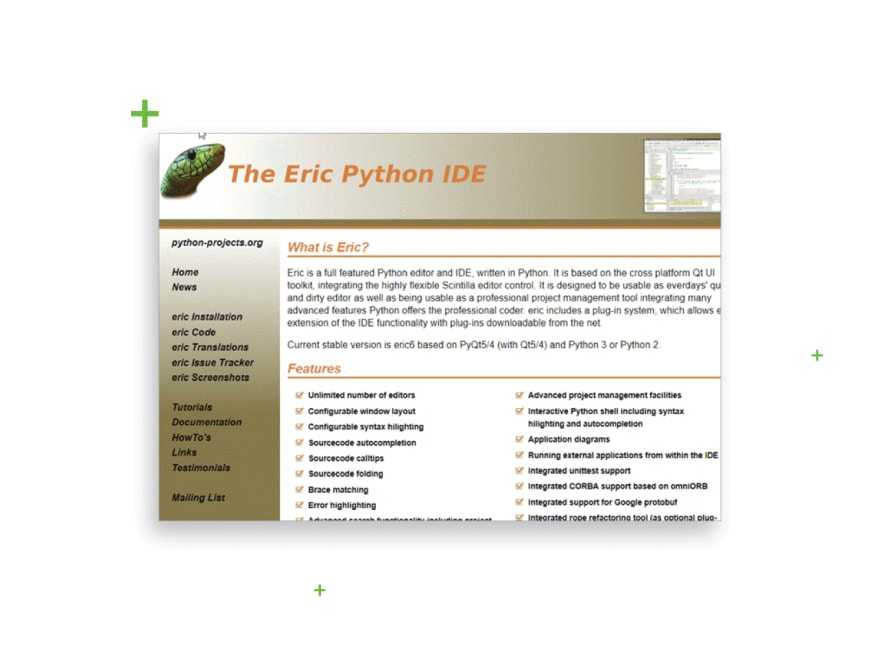
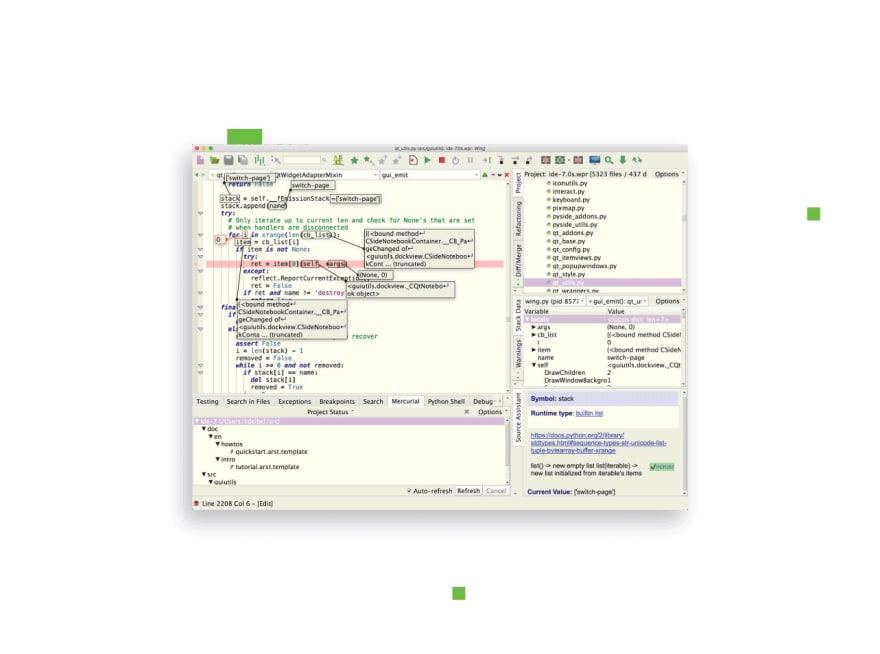
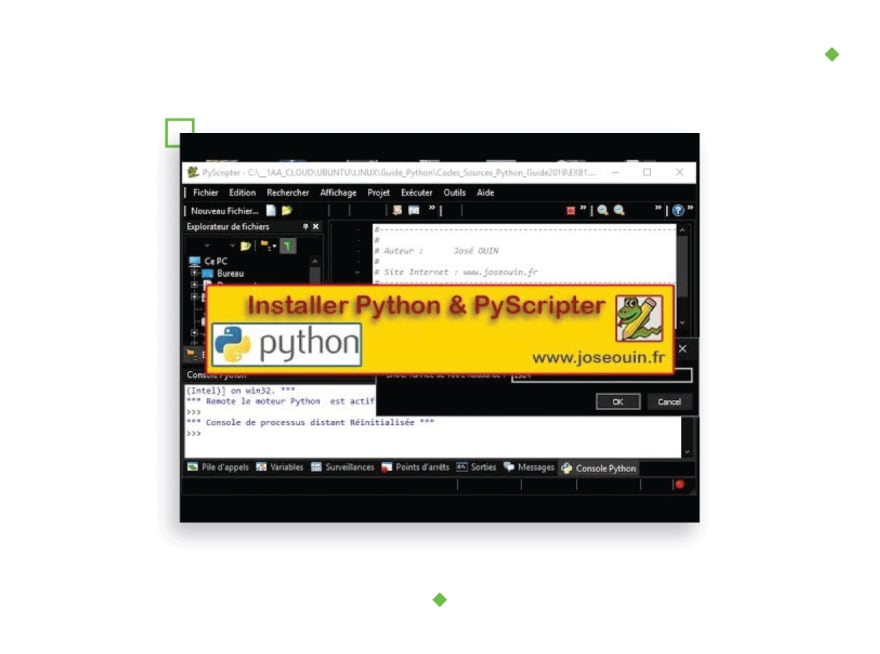
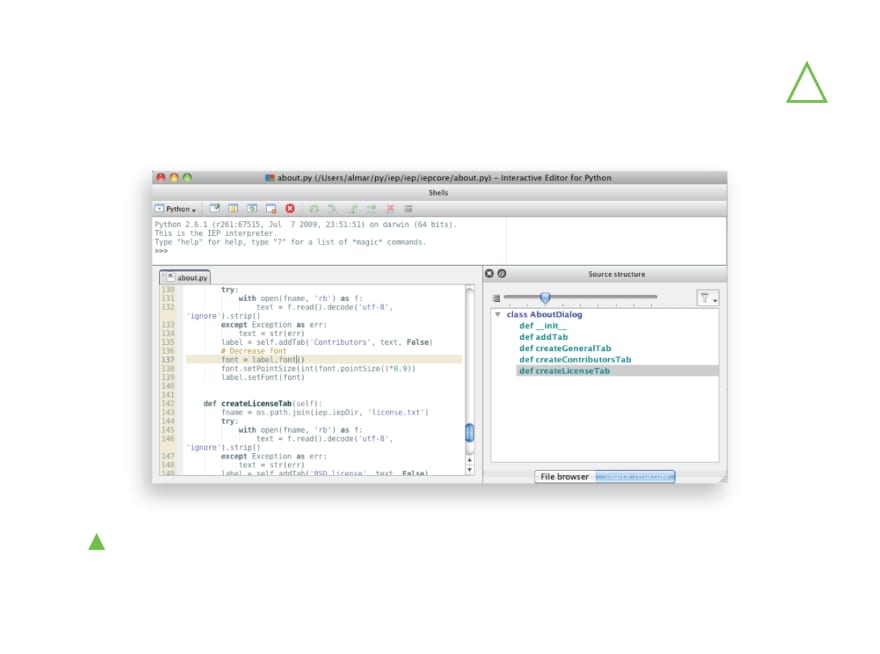
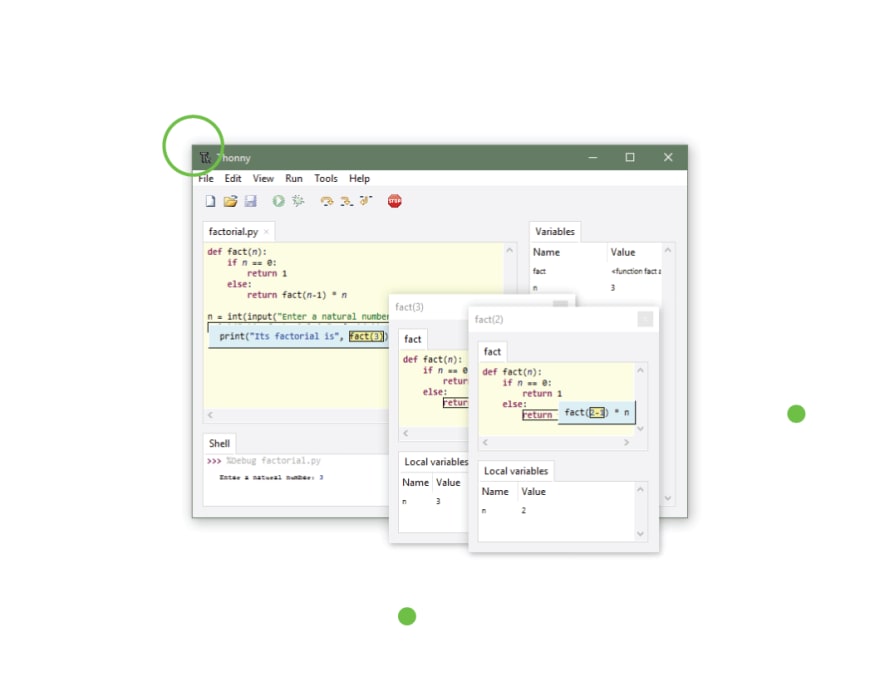

Top comments (1)
I’ve considered Visual Studio 2017/2019 ( not the “code” one) a very good Python IDE with intellisense